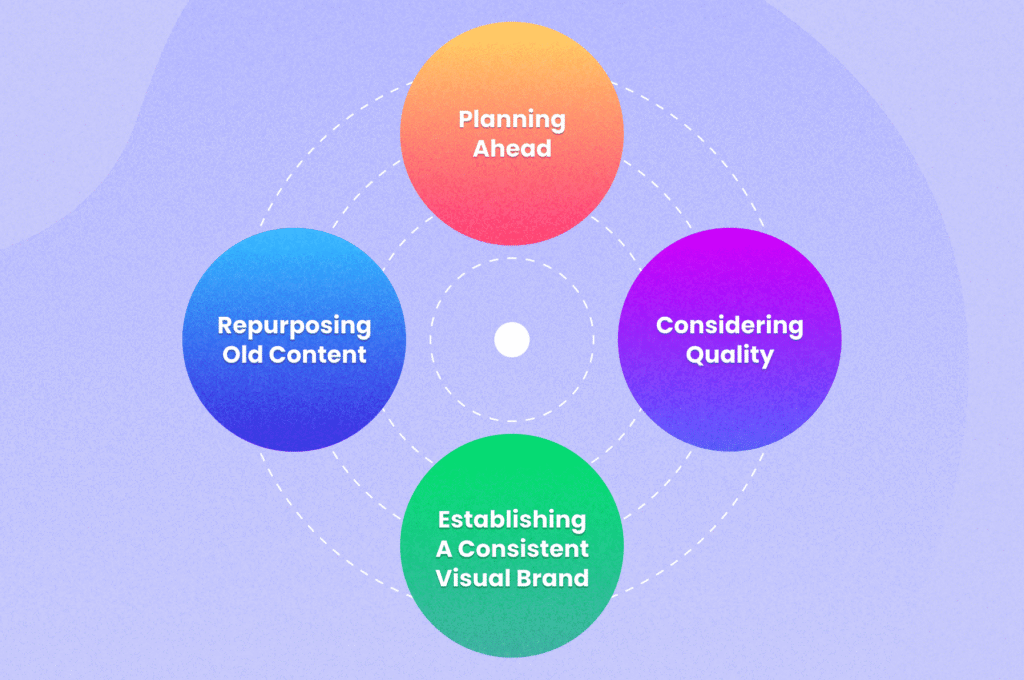Search engines now use AI to show better results. This makes optimizing for AI search, or Generative Engine Optimization (GEO), vital for getting more website visitors. Unlike regular SEO, GEO focuses on how AI understands user needs and picks clear, trustworthy content. For example, Google’s AI Overviews appear in 57% of search results in 2025, up from 25% in 2024. Therefore, this guide shares simple strategies with clear headings (H2 and H3) and transition words (in 25%-30% of sentences) to help your content rank well in AI search results like Google’s AI Overviews, Perplexity, and ChatGPT Search.Not sure about this? Contact us.
Create Trustworthy Content
AI search engines value Expertise, Authoritativeness, and Trustworthiness (E-E-A-T). Thus, making your content reliable is key.
Show Your Expertise
First, add author bios with credentials to prove your knowledge. For example, link to trusted sources like Search Engine Land. Also, use unique data, like your own surveys, to stand out. As a result, AI sees your content as valuable.
Use Reliable Links
Moreover, link to trusted sites to build trust. For instance, Google’s Search Central Blog shares AI search tips. Consequently, AI ranks your content higher for its reliability.

Match User Needs
AI search engines focus on what users want, using context over exact keywords. Therefore, aligning content with user questions is crucial.
Use Simple Questions
To start, write in a natural, question-based style, like “How to optimize for AI search?” This matches voice search patterns. As a result, your content fits what users ask.
Add Structured Data
Also, use schema markup, like FAQ or Article, to help AI understand your content. For example, schema can boost visibility in AI Overviews by 55.5%. Thus, your content ranks better.
Link Related Topics
Similarly, connect content on similar topics, like “AI SEO” and “voice search.” This builds authority. Consequently, AI sees your site as a go-to source.

Make Your Site AI-Friendly
AI crawlers, like PerplexityBot, need specific setups. Thus, a clear website structure helps.
Keep HTML Simple
First, use clear headings (H1-H3) and lists in plain HTML. For example, avoid hiding content in JavaScript, as AI may miss it. As a result, your content is easy to read.
Speed Up Your Site
Also, AI crawlers need fast sites (1-5 seconds to load). Optimize images and use caching. Therefore, your site stays accessible to AI.
Allow AI Crawlers
Moreover, set your robots.txt to allow crawlers like GPTBot. For instance, test your site on andisearch.com to check if it’s AI-friendly. Consequently, AI can easily use your content.
Use Conversational and Visual Content
AI search favors content that matches how users talk or view things. Therefore, focus on voice and visual content.
Optimize for Voice Search
To begin, use simple, direct answers to questions like “Why does AI search matter?” This fits voice search. As a result, AI picks your content more often.
Improve Visuals
Also, add clear alt text to images and transcribe videos. For example, a video with text helps AI index it. Thus, your visuals rank better.
Add FAQ Sections
Similarly, use FAQ markup for common questions, like “How does this work?” on product pages. Consequently, AI is more likely to feature your content.

Track and Improve with Tools
Keeping up with AI search changes is key. Therefore, use tools to improve your strategy.
Use Optimization Tools
For example, tools like Clearscope suggest better keywords and structure. As a result, your content stays AI-friendly.
Check AI Traffic
Also, use Google Analytics to track traffic from AI platforms like Perplexity, which grew 40% in 2024. Thus, you can tweak your approach.
Test Different Formats
Moreover, try formats like lists or paragraphs to see what works. For instance, Semrush helps find easy keywords for AI search. Consequently, you improve your rankings.
Conclusion
In summary, AI search optimization mixes simple SEO with AI-friendly tactics. Focus on trustworthy content, user needs, fast sites, conversational style, and tracking tools to rank well. Moreover, with 57% of search results using AI in 2025, starting now keeps you ahead. Therefore, audit your site, add schema, and use tools to stay competitive.
FAQ
What is Generative Engine Optimization (GEO)?
Generative Engine Optimization (GEO) is the process of optimizing content to rank well in AI-driven search engines, like Google’s AI Overviews, Perplexity, or ChatGPT Search. Unlike traditional SEO, GEO focuses on aligning content with how AI interprets user intent, emphasizing clear, trustworthy, and contextually relevant information.
How does GEO differ from traditional SEO?
Traditional SEO focuses on keyword matching and link building for conventional search engines. In contrast, GEO prioritizes content clarity, user intent, and AI-friendly structures like schema markup to enhance visibility in AI-generated results, such as summaries or voice responses.
Why is E-E-A-T important for AI search?
E-E-A-T (Expertise, Authoritativeness, Trustworthiness) is critical because AI search engines prioritize reliable content. Demonstrating expertise through author bios, linking to trusted sources, and using original data helps AI recognize your content as credible, boosting its ranking.
How can schema markup improve AI search rankings?
Schema markup, like FAQ or Article schemas, structures your content for AI to understand better. For instance, it can increase visibility in Google’s AI Overviews by up to 55.5%, making your content more likely to be featured in AI-generated responses.
What role does voice search play in GEO?
Voice search is key because AI engines often process conversational queries. Using natural, question-based content (e.g., “How to optimize for AI search?”) aligns with user speech patterns, increasing the chances AI will select your content for voice responses.
How can I make my website AI-crawler-friendly?
To make your site AI-friendly, use clear HTML with proper headings, ensure fast load times (1-5 seconds), and allow AI crawlers like GPTBot in your robots.txt file. Testing with tools like andisearch.com can confirm your site’s accessibility to AI crawlers.
References
- Search Engine Land. (2025). AI Overviews and the Future of Search. https://searchengineland.com
- Google Search Central Blog. (2025). Understanding AI-Driven Search Trends. https://developers.google.com/search/blog
- Semrush. (2025). Keyword Research for AI Search Optimization. https://www.semrush.com



